The future character of conflict in the Indo-Pacific will not afford the Australian Army time to adapt and modernise. As potential adversaries accelerate the development of anti-access and area denial systems, electronic warfare, and precision fires, the Australian Army must act with urgency. Our ability to remain relevant and decisive in this emerging battlespace depends on how quickly we can integrate Uncrewed Aerial Systems (UAS) into our force at every level. This is not just a simple enhancement of existing capability; it is a matter of operational survival on the modern battlefield.
The A61 Integrator Tactical UAS and our family of small UAS platforms have evolved from basic enablers to essential combat assets. At the brigade and divisional levels, the A61 provides persistent, high-fidelity ISR, giving commanders a real-time view of dynamic environments. At the tactical level, small UAS are now critical to mission success providing immediate reconnaissance, overwatch, and target confirmation for combat teams and battle groups operating on the front lines.
This layered approach is particularly vital in our immediate region, characterised by dense jungle, complex littoral zones, and unpredictable terrain – typically frustrating operating environments for traditional ISR assets. While the A61 may struggle to see through canopy, its endurance and sensor suite allow it to maintain high-altitude overwatch and enable coordinated fires. Small UAS then complement the A61 by penetrating close-in terrain, identifying hidden threats, and feeding information to troops on the ground. Together, they provide a multi-tiered ISR network that enhances decision-making and lethality.
The growing reliance on precision long-range fires highlights the urgency for accurate and effective targeting data to support the process. At the divisional level, the integration of A61 into fire missions shortens the sensor-to-shooter timeline and enables target engagement in-depth without compromising force protection. At the tactical level, small UAS give junior commanders the ability to employ fires in real time and with organic assets. In the context of high-tempo operations, this capability is not just advantageous – it is a necessity.
Despite the highlighted importance of UAS integration, our adversaries will not present us with an operational environment that affords us air supremacy akin to past conflicts. We must assume that future fights will occur in GPS-degraded or denied conditions, with contested electromagnetic spectrum access and compromised communications. These are not theoretical constraints; state and non-state actors alike are already rehearsing them in current conflicts in other parts of the world.
The Army must prepare for conditions where electronic line-of-sight (ELOS) is compromised, and satellite navigation is jammed or spoofed. This requires more than technical fixes, it also demands a doctrinal and cultural shift. Training for degraded operations, embracing redundant command and control systems, and developing autonomous navigation alternatives that do not depend on satellite access needs to become everyday business.
The A61 offers potential for satellite communications integration, which could mitigate some ELOS limitations, but this capability is not yet in-service; that must change and quickly. In the meantime, our commanders and UAS operators must work within the constraints of the current force, using ingenuity and aggressive integration of existing systems to maintain effectiveness.
Still, the greatest advantage we have is not technological – it is human. No UAS capability, regardless of its sophistication, will deliver an advantage unless the soldiers behind it are trained, trusted, and mentally prepared. Our Army’s greatest strength has always been its people. From the trenches of the Western Front to the battles in Vietnam, and into the complex counter-insurgency campaigns of the Middle East, Australian soldiers have adapted to the fight with courage, discipline, and initiative. Today, those same qualities must be applied to a new ideal. Every soldier, regardless of speciality, must be fluent in how UAS enhances manoeuvre, informs fires, and shapes the battlespace. This is a force-wide imperative. Mission command, in its truest form, demands that soldiers at all levels are empowered to make decisions using real-time data. That means understanding the tools at their disposal and applying them with speed and precision.
On my SUBJ1 Warrant Officer course, I had the opportunity to hear WO1 Bradly Doyle OAM, current CSM Army at FORCOMD, speak on the Systems Approach to Defence Learning (SADL). His message was clear: if our training frameworks cannot keep pace with the speed of tactical evolution, we risk strategic irrelevance. Doctrine cannot be a historical document it must be challenged, updated, and driven from the ground up by combat behaviours and feedback loops. SADL offers us a way forward. It provides a continuous cycle (Analyse, Design, Develop, Implement, Evaluate) and that aligns directly with the adaptive requirements of UAS employment. It reflects the same decision-making rhythm as the OODA loop: observe the battlespace, orientate, decide with clarity, and act decisively. SADL enables commanders to define the specific skills needed for UAS operations, build training pathways at the unit level, and evaluate effectiveness in real-time.
This is not a theoretical framework. It is the path to institutionalising UAS proficiency across the force. In practice, this means training for GPS-denied and ELOS-compromised operations as a baseline, not a contingency. It means embedding UAS subject matter experts within combat teams and battle groups to ensure ISR data flows directly to the decision-makers. It means creating a force where junior leaders are just as capable of interpreting a UAS feed and directing fire support as they are of leading a team through complex terrain. Technology will continue to evolve, but our response must be grounded in people. A soldier trained to think, decide, and act under uncertainty, armed with the right tools and supported by a continuous learning culture will always outfight one dependent on outdated systems and static doctrine.
As we consider how best to protect Australia’s interests in an increasingly contested Indo-Pacific, the message is clear: integrating UAS into our operational fabric is not optional. It is imperative. However, it must be done in conjunction with a leadership culture that embraces adaptation, change, and trust.
Wearing the Australian Army uniform is more than a commitment to serve. It is a responsibility to lead. To prepare for the next conflict, not the last. To build a force that combines technological edge with human excellence.
In the end, it is not the machine that will determine victory but the mindset of the soldier behind it. And that mindset, sharpened through training, tested under pressure, and backed by initiative and courage, will ensure that the Australian Army remains a force capable of winning the first fight and every fight that follows.
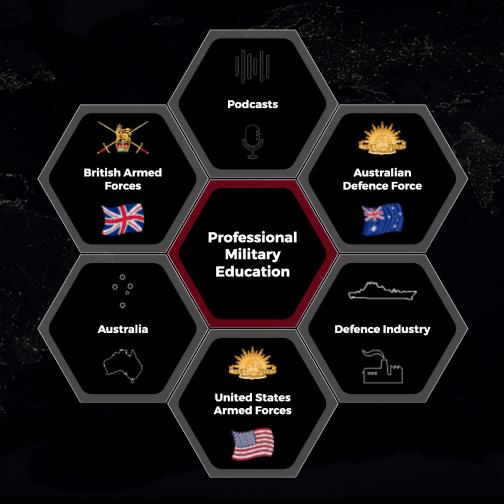


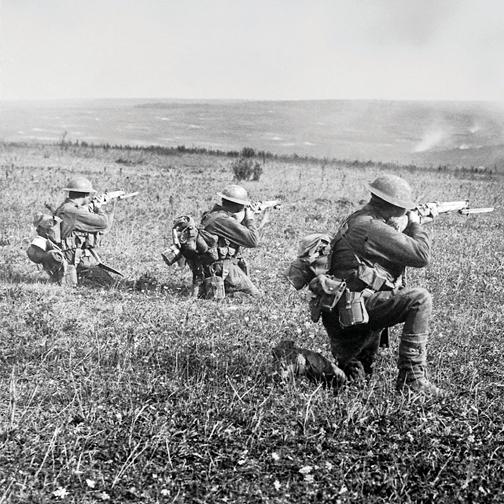

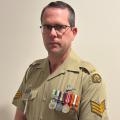
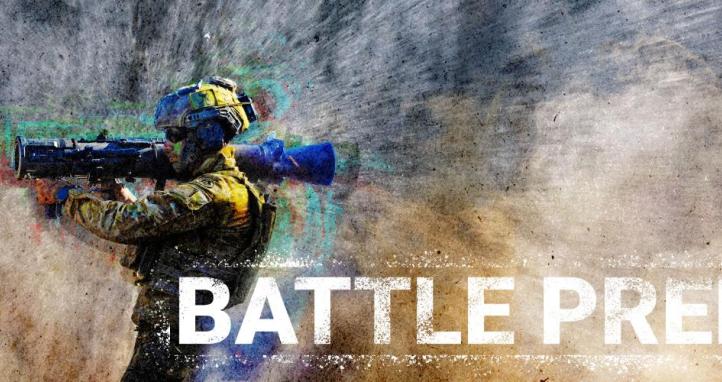
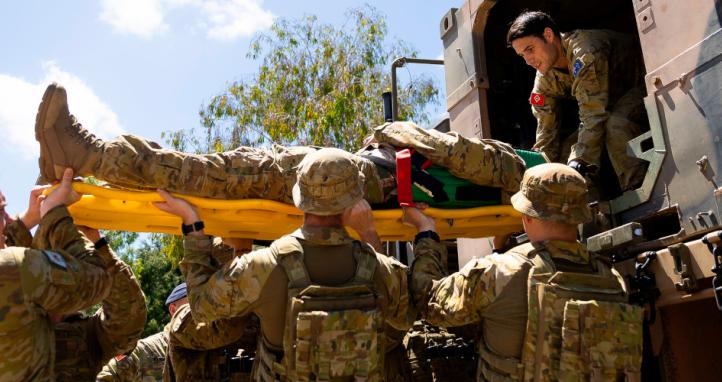
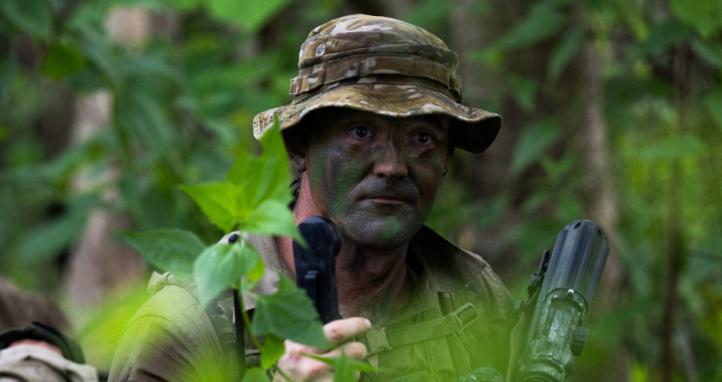
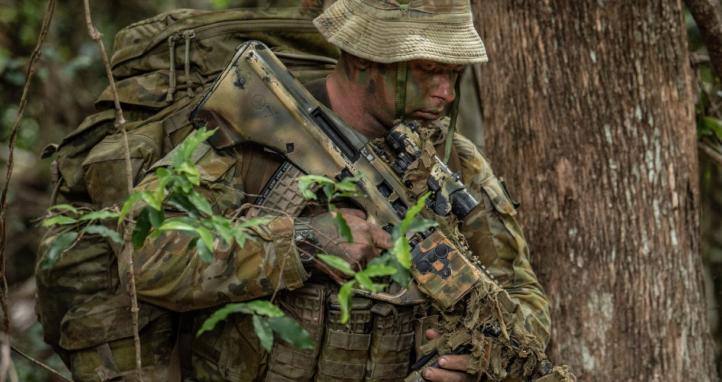
The challenge, as always, is less about the technology itself and more about how we integrate it into combined arms teams, doctrine, and culture. Success will depend on training soldiers and leaders who are comfortable fighting with—and against—UAS.
The emphasis on the need for technological layering and integration is especially important.